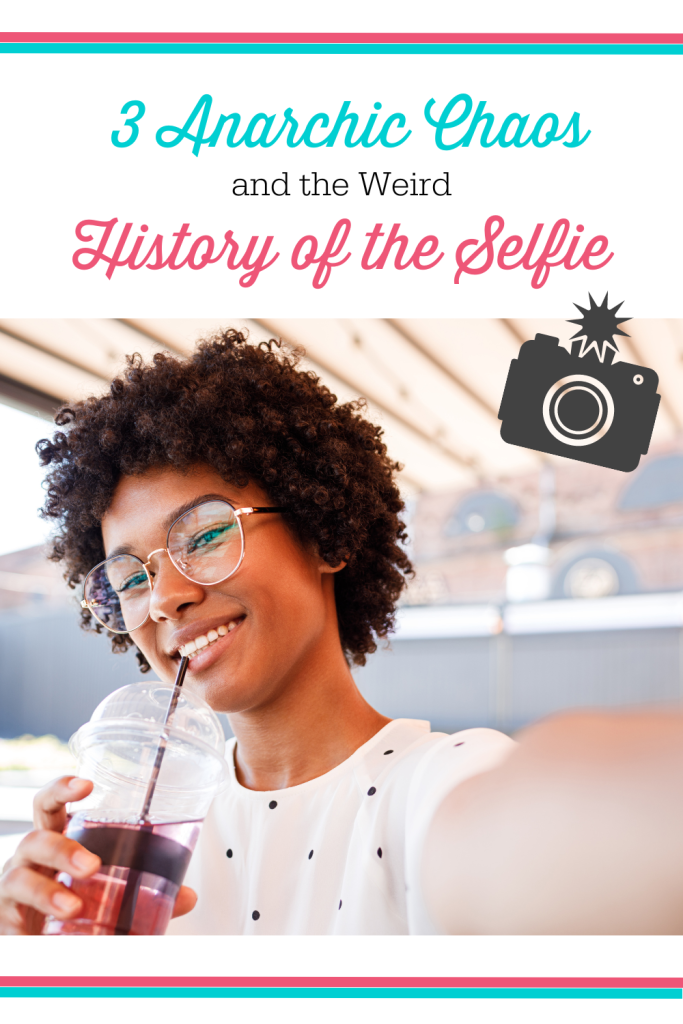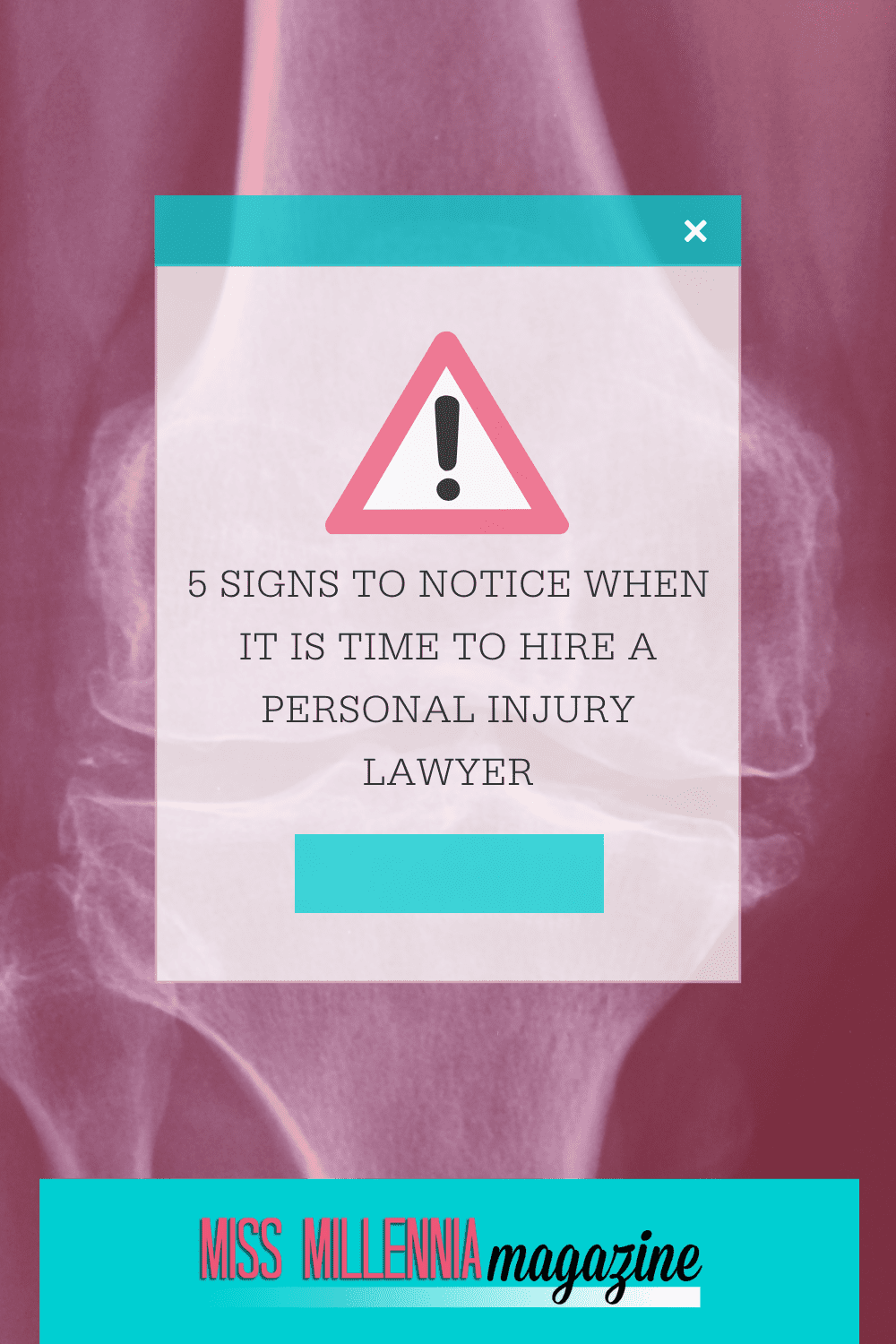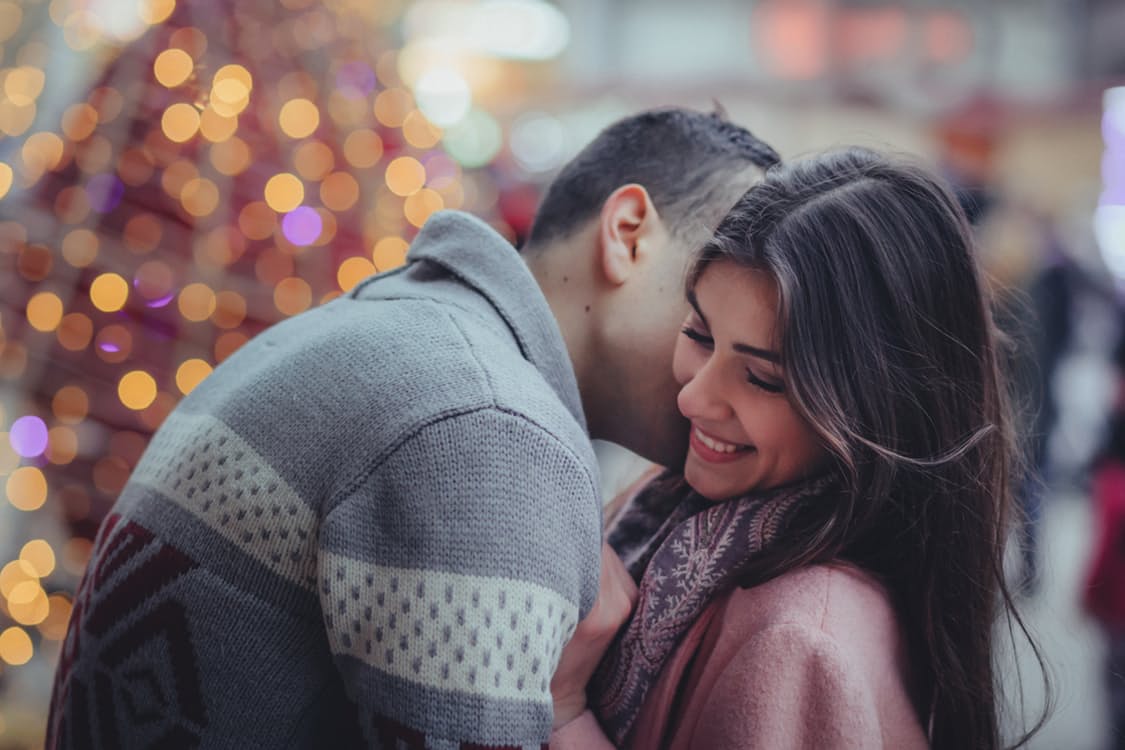3 Anarchic Chaos and the Weird History of the Selfie

In 2013, Oxford Dictionaries added a new word – “selfie” – to the dictionary, forever etching the term in the annals of human history. Monumentally, selfie was declared 2013’s ‘word of the year,’ which says much about the term’s popularity.
We’ll look at the weird and wonderful history of this societal phenomenon.
Modern-day Selfies
Today, the act of taking a selfie has become almost industrialized. As ExpressVPN’s blog piece Why selfies aren’t going anywhere anytime soon highlights, a whopping 93 million selfies are taken daily, with the average person taking around 450 a year. While that might sound like a lot, platforms like Snapchat and Instagram are based entirely on photographic self-preservation. Therefore, selfie artists typically take several photos to get that perfect visage for their social media sites.
We’ve taken the selfie and run with it in an extreme way that only social media can facilitate. However, long before social media, the internet, and savvy phone devices (with the bells and whistles of high-quality cameras conveniently attached), selfies were far more sporadic. You had to have specific means to afford the materials you’d need to capture a selfie; the quality was unlikely to be anything worth boasting about.
Leonardo da Vinci
The art of taking photographs of oneself is far from new if you think about it. After all, we’ve always known of self-portraits by acclaimed artists. An artwork from 1512 entitled Portrait of a Man in Red Chalk is widely believed to be a self-portrait of Leonardo da Vinci—one of the thousands of self-portraits that populate museums. Few people in the smartphone era would consider a painting to be a proper honest-to-goodness selfie, mainly because it’s not a photograph. Yet, the basic premise is the same. It’s a picture of the self.
Most selfie scholars point to Robert Cornelius (1809-1893) as the first true selfie-taker, following an 1839 effort now held within the Library of Congress. So, the selfie is probably about 130 years old. As a quick history lesson, a Medium article records examples of self-photographs from 1865, 1914 (the first “mirror” selfie, from Russia’s Grand Duchess Anastasia Nikolaevna), and 1966, when American hero Buzz Aldrin captured a picture of himself in space during the Gemini XII mission – three years before he would walk on the moon.
The invention of the front-facing phone camera in 2003 is the back page of this particular story. Appearing as a feature on the Ericsson Z1010, a device we’d now refer to as a clamshell or flip phone, the front-facing camera inadvertently became something a little like SMS functionality, i.e., it was used for a different purpose than it was initially intended for.
It wasn’t until halfway through the 2010s that the iPhone began fully supporting the selfie, with a folder dedicated to collecting them. Still, that seems rather late.
Beauty standards
The selfie isn’t without its detractors. In 2017, the Frontiers in Psychology journal coined the term “selfie paradox” to describe the popularity of these personal photographs, but they’re ubiquitous online.
Frontiers pointed to a new way of expression and creativity as two of the benefits of selfie-taking while calling out the excessive self-presentation they produce. In addition, everything from decreased mindfulness, social conflict, and disrespect for others was leveled at selfie-taking.
The apparent links between photographs, beauty standards, and body dysmorphia also crop up in discussions about the trend. The ExpressVPN piece mentioned earlier also adds that deaths in pursuing the perfect picture are rising.
Falling, drowning, and attacks by wild animals (walruses, bulls, and elephants) have all accompanied headlines about selfies. In response, the University of South Wales proposed that selfies should be considered a public health hazard. That seemingly dramatic statement came after research found 379 fatalities related to self-taking in the 13 years between 2008 and 2021.
In April 2023, the BBC reported that the colorful Italian haven Portofino had enacted a ban on loitering in popular selfie spots. Mayor Matteo Viacava described scenes of “anarchic chaos” as tourists blocked routes around the town.
Similar restrictions are now in place in New York State and California due to concerns about visitors trying to get pictures with bears and other animals. Particular hotspots for dangerous photographs include Yosemite National Park in the United States, mainly due to its scenic views from tall peaks.
Apart from a few bright moments, the selfie wore a filter of darkness for most of its history. It’s arguably the most defining aspect of the internet generation today.








